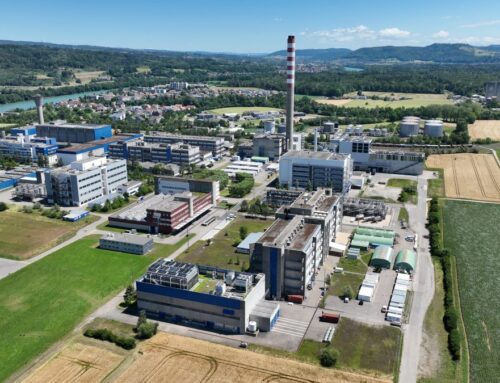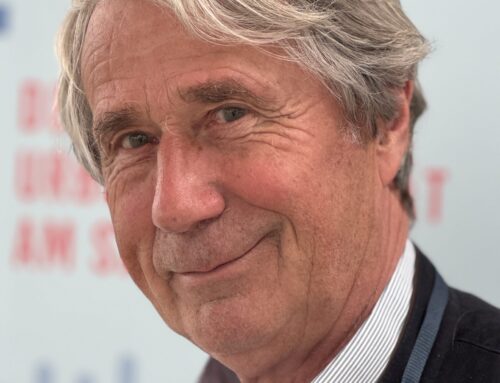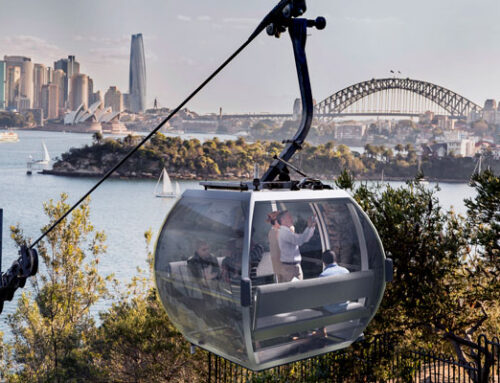
Cities, SI World 2/2019
Three cities, three plans: India in cable car fever
The Indian cities of Manali and Shimla belong to the region of Himachal Pradesh and like many other urban areas they are battling with crowded roads. With their location in the Himalayas and the airport only 20 kilometres away, the mountain regions represent an important stop for high mountain tourists.
However, the tourist congestion is too much for the local infrastructure. The government is now trying to get grips with the traffic problem and therefore improve the appeal of both places. Solution approaches such as the construction of a cable car or an MRTS (mass rapid transit system) are therefore currently being investigated.
A cable car based on the European model is attracting great attention here, as it is an efficient and environmentally friendly method of transporting large numbers of people within a short time. Consulting company WAPCOS Limited has already been commissioned by the government to prepare a feasibility study for Shimla
by November this year.
Neighbouring region of Dharamshala is already much further on: here, completion of the 8-person gondola lift is imminent. In addition to the proximity of the Himalayas, this is also about the residence of the Dalai Lama, which attracts additional visitors to the mountain location.
LEITNER ropeways has therefore been tasked with constructing a link between the Dalai Lama temple in McLeod Ganj, Dharamshala.

Cities such as La Paz and Bogota are pioneers of the urban cable car. Photo: DOPPELMAYR
One step ahead
Another two major cable car projects in the region are already one step ahead. Initial approvals have already been granted for Himani – Chamunda
and Palchan – Rohtang, although the final date for the launch is still to be confirmed.
However, there are already initial indications of the length and costs of the two systems: the Himani – Chamunda cable car will be four kilometres long and cost RS 280 crores (around 36 million euros); at around nine kilometres, the link be-tween Palchan and Rohtang would be more than twice as long and the costs would amount to RS 450 crores (around 58 million euros).
Pilot projects like these in northern India are being tested all over the country. The most successful transport solutions will then be used at the principal intersections. tm







